Multifactor authentication made easy
Strong passwords are important, but not enough to fully protect against identity threats. Multifactor authentication (MFA) adds an extra layer of security. With MFA, you can streamline permissions and enhance defenses, offering comprehensive protection against potential threats.
Protect your organization with a cutting-edge MFA solution embraced by all stakeholders.
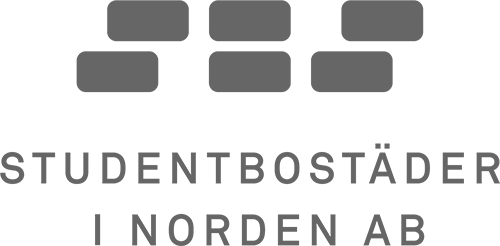



















Protect your platform against AI-driven identity fraud

What is multifactor authentication?
Multifactor authentication (MFA) is a security process that requires users to verify their identity using multiple methods from different categories of credentials. Unlike the traditional username and password combination, MFA adds an extra layer of security, making it significantly harder for unauthorized individuals to gain access to sensitive information or systems.
By incorporating multiple authentication factors, MFA ensures that only the user can access their online accounts, enhancing overall security. This approach is a cornerstone of a robust identity and access management (IAM) strategy and is increasingly adopted across various industries to safeguard digital assets.
We're all over the world!
Explore Truid's
Multi-Factor Authentication solution (MFA)
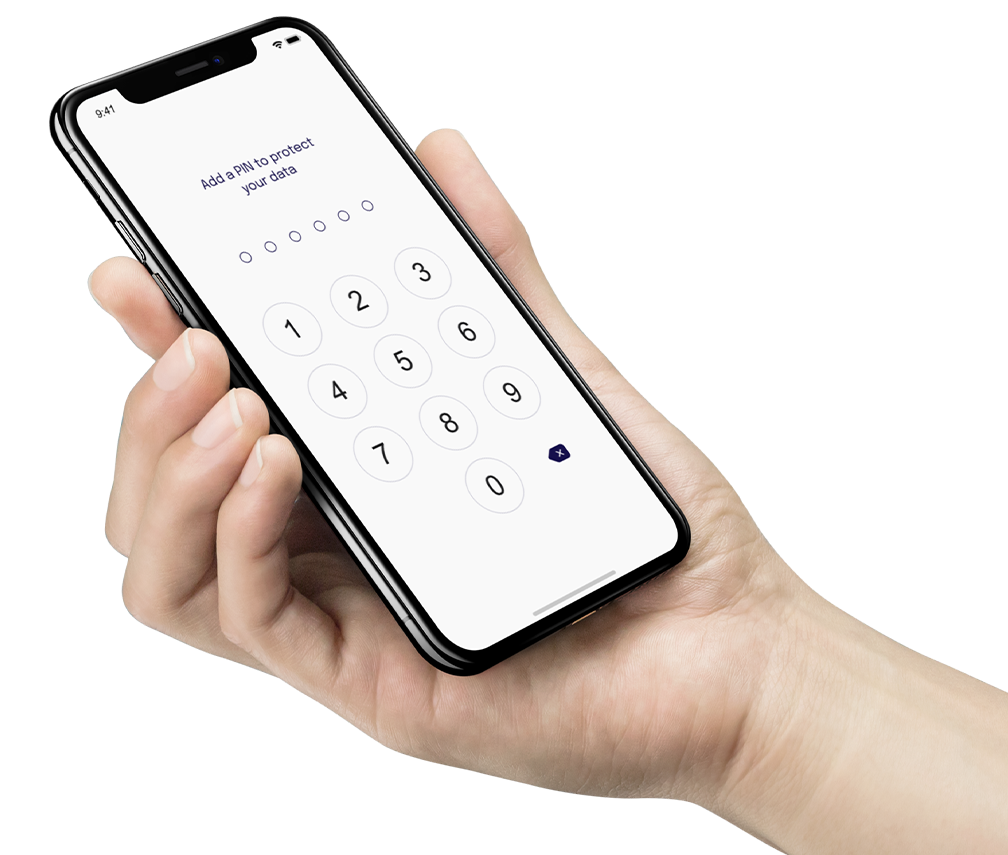
Step 1: Two-factor authentication
Users are prompted to verify their identity using Truid's two-factor authentication. This involves accessing the Truid identity vault and entering a unique PIN code to complete the verification process.
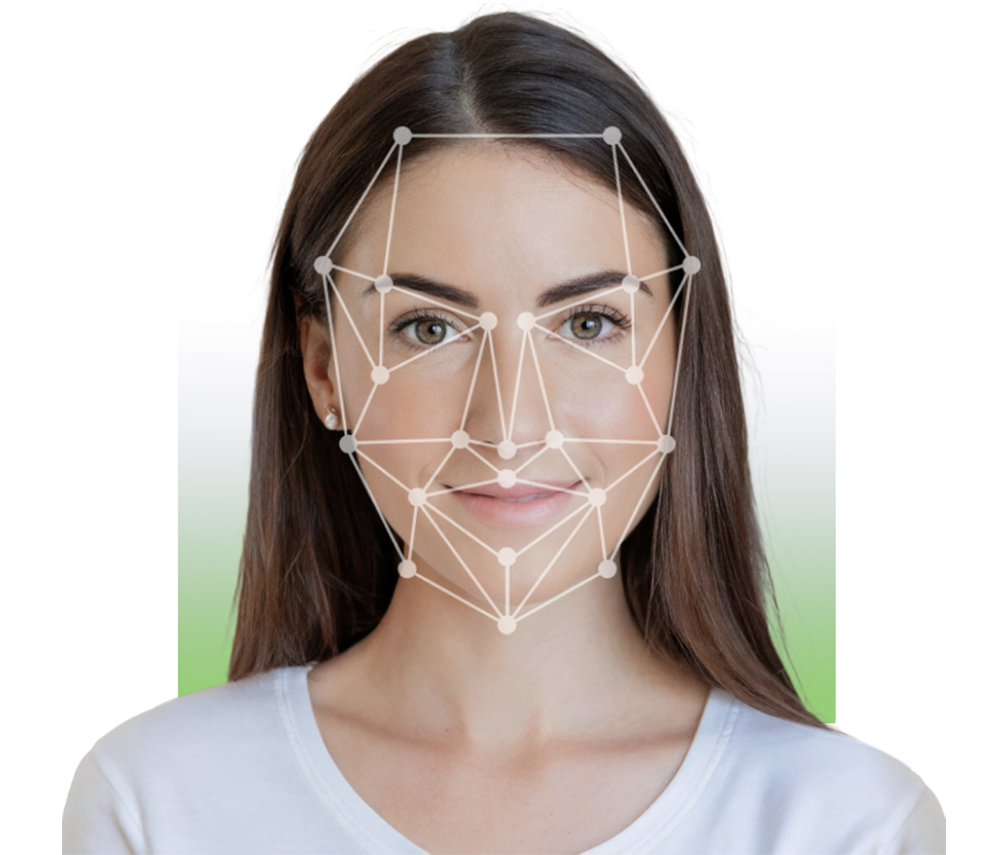
Step 2: Multi-factor authentication
Truid's multi-factor authentication uses biometric face matching for heightened security. Users verify their identity via mobile or web camera, adding an extra layer of authentication.
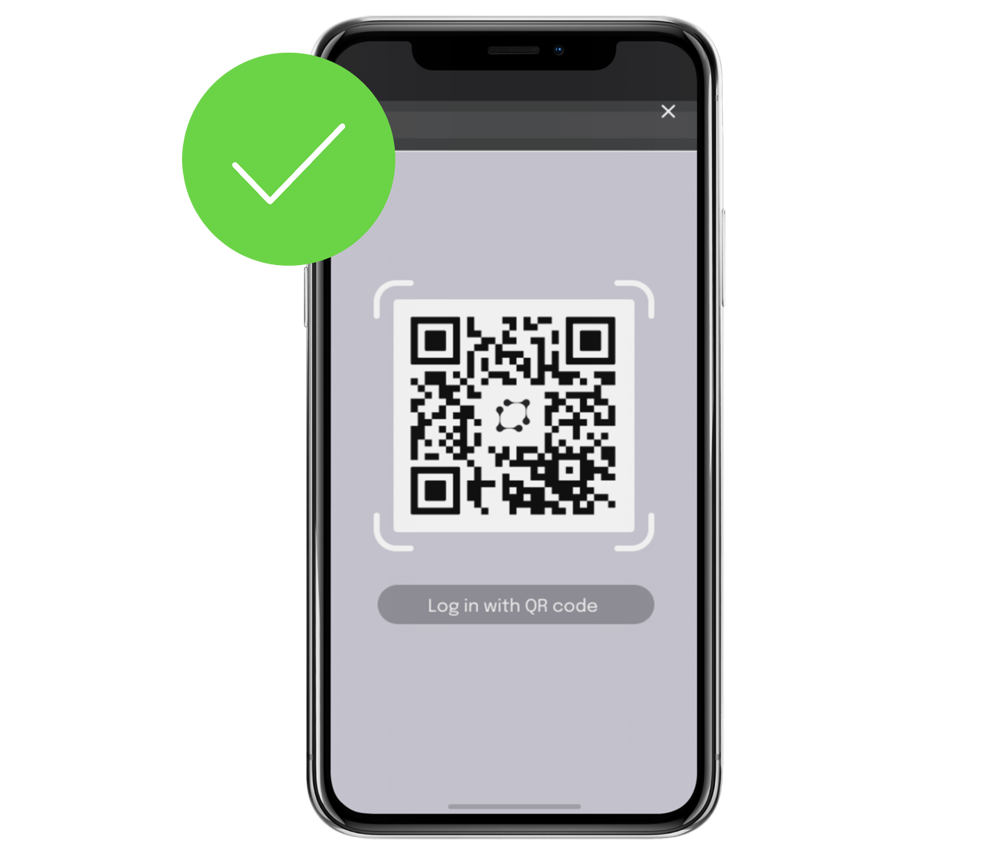
Step 3: Logging in with QR code
We offer users swift, passwordless access by scanning a QR code in your platform. Secure login with two clicks.
Avoid breaches, elevate security
Multifactor authentication (MFA) combined with biometrics significantly enhances your security by requiring multiple forms of verification. This makes unauthorized access exponentially more difficult.
Instant and smooth user access anytime, anywhere
Don’t give away your data!
Not relying on social logins can mitigate your dependence on third-party providers and build trust with users who are increasingly concerned about privacy and the use of their personal data. Help reduce their digital footprint and the risk of cross-platform data breaches.
"A user-friendly solution for users to seamlessly verify their identity and authenticate themselves over and over again."
Per H.
CPO, Kvanta

Benefits of multifactor authentication
The benefits of multifactor authentication are both numerous and impactful. By requiring multiple authentication factors, MFA provides a more secure way to verify a user’s identity, effectively reducing the risk of password-related attacks such as brute-force, credential stuffing, and password spraying.
According to a Microsoft analysis, MFA can prevent 99.9% of account compromises, showcasing its effectiveness. Additionally, MFA can enhance the user experience by reducing the number of login attempts and offering a more secure way to access sensitive information. This dual advantage of heightened security and improved user convenience makes MFA an essential tool in modern cybersecurity.
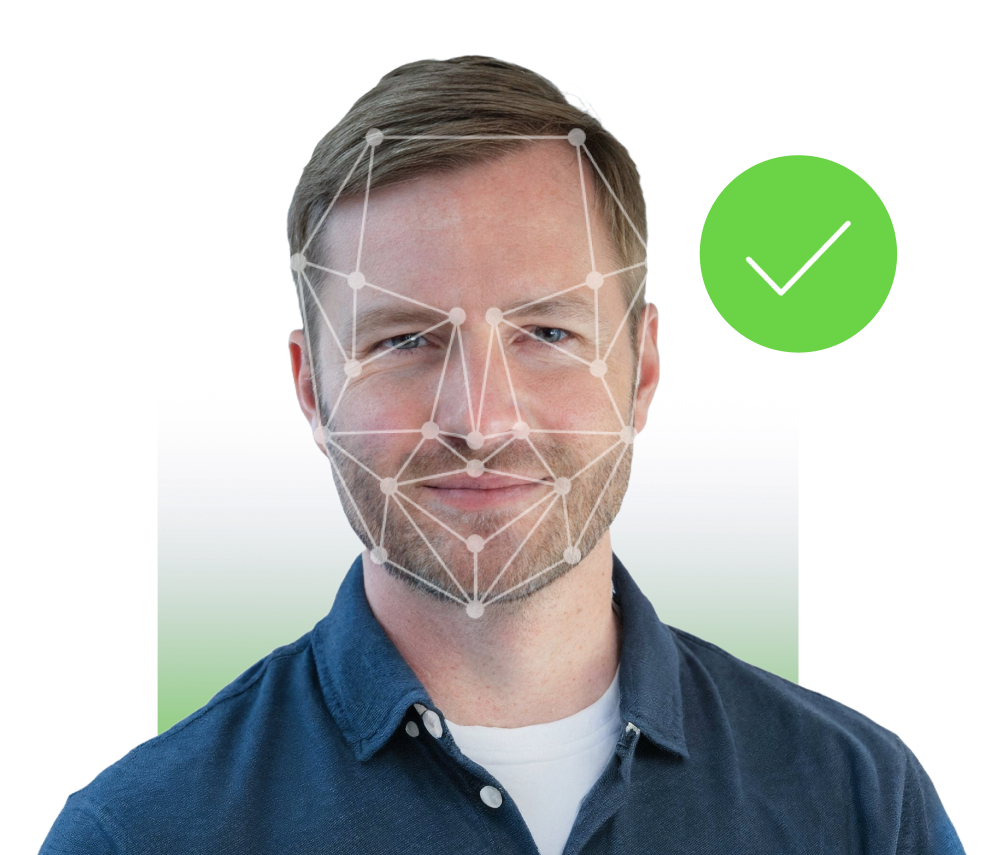
Prioritize cybersecurity
Reduce data breaches
MFA can significantly reduce the risk of cyber attacks, such as phishing. An authentication code acts as a critical second factor in MFA, providing an additional layer of security to protect sensitive resources.
Ensure compliance
Many standards and regulations require MFA to ensure a higher level of security.
Save Cost & Be Flexible
No additional hardware needed, rely on your users' mobile devices.
Smooth user experience
Give your users passwordless login with high security. Win-win!
How multifactor authentication works
Multifactor authentication works by requiring users to provide multiple authentication factors, ensuring a higher level of security. By combining multiple authentication factors, MFA ensures that even if one factor is compromised, unauthorized access is still prevented, thereby protecting the user’s identity and sensitive information.
Here’s a step-by-step breakdown of the process:
1.
Initiate Login
2.
Prompt for Additional Factor
3.
Provide Additional Factor
4.
Access Granted
Get started today
.png)
MFA solutions
- Something you know (pin code)
- Something you have (mobile phone number, e-mail)
- Something you are (biometrics)
- Somewhere you are (NFC and Bluetooth)
Multifactor authentication methods
Knowledge-Based Authentication
This method requires users to answer a personal security question or provide a password.
Possession-Based Authentication
This method involves users possessing a physical token or device, such as a smart card or USB token.
Inherence-Based Authentication
This method uses biometric data, such as a fingerprint or facial recognition, to verify identity.
Location-Based Authentication
This method requires users to be in a specific location, such as a particular IP address or geolocation.
Behavioral-Based Authentication
This method analyzes specific user behaviors, such as keystroke dynamics or mouse movements, to authenticate identity.
Explore other features
FAQs
Content
How does Truid's authentication solution work?
Truid's authentication solution works through a multi-step process designed for accuracy and security:
- User Registration: Users provide basic information during registration.
- Document Submission: Official ID documents are submitted for verification.
- Authentication: Advanced technology authenticates and verifies documents.
- Biometric Verification: Users undergo biometric verification for added security.
- Identity Matching: Truid matches user information with authenticated documents.
- Risk Assessment: An assessment checks for potential anomalies or fraud.
- Secure Authentication: Upon successful verification, users gain secure access to services or transactions.
For more details, contact us or book a demo!
How does Truid ensure the security and privacy of user data during authentication?
Truid prioritizes the security and privacy of user data through the following measures:
-
Encryption Protocols: Truid employs robust encryption techniques to secure the transmission and storage of user data, protecting it from unauthorized access.
-
Compliance with Regulations: Truid aligns with data protection regulations such as GDPR, ensuring that user data is handled in accordance with international privacy standards.
-
Data Minimization: Truid follows the principle of data minimization, collecting and retaining only the necessary information required for identity verification, reducing the risk associated with excessive data storage.
-
Secure Infrastructure: Truid operates on a secure infrastructure, implementing industry best practices to safeguard against potential vulnerabilities and threats.
-
Regular Security Audits: The platform undergoes regular security audits to identify and address any potential security vulnerabilities, ensuring continuous improvement and resilience.
-
User Consent Management: Truid provides users with control over their data through customizable consent management features, allowing them to manage and monitor how their information is used.
Can Truid's authentication solution be customized to suit different business needs?
Yes, Truid's authentication solution is designed to be customizable to suit different business needs. The platform offers flexibility in the configuration of authentication methods, identity verification processes, and user experience elements. This adaptability allows businesses to tailor Truid's authentication solution to align with their specific industry requirements, compliance standards, and user preferences.
For more details on how Truid can be customized to meet the unique needs of your business, book a demo with our sales team.
Are there any user training and support resources available?
Truid offers user training and support through comprehensive documentation, a knowledge base, customer support services, training materials, and occasional webinars or workshops.
Is there a trial or demo to test the product?
Yes, we provide a demo page, and you can always try our product for free. If you have further questions, don't hesitate to contact us or book a demo.